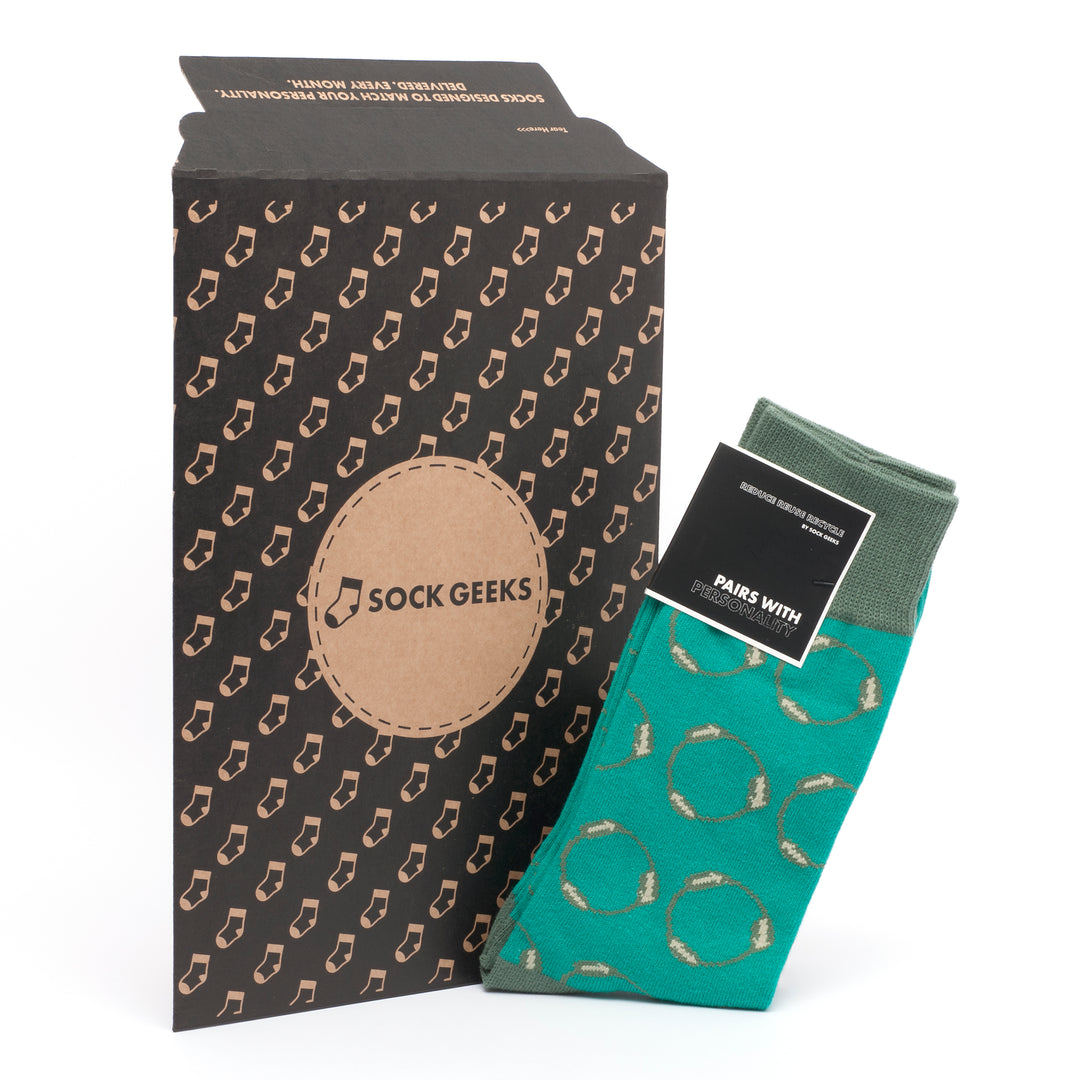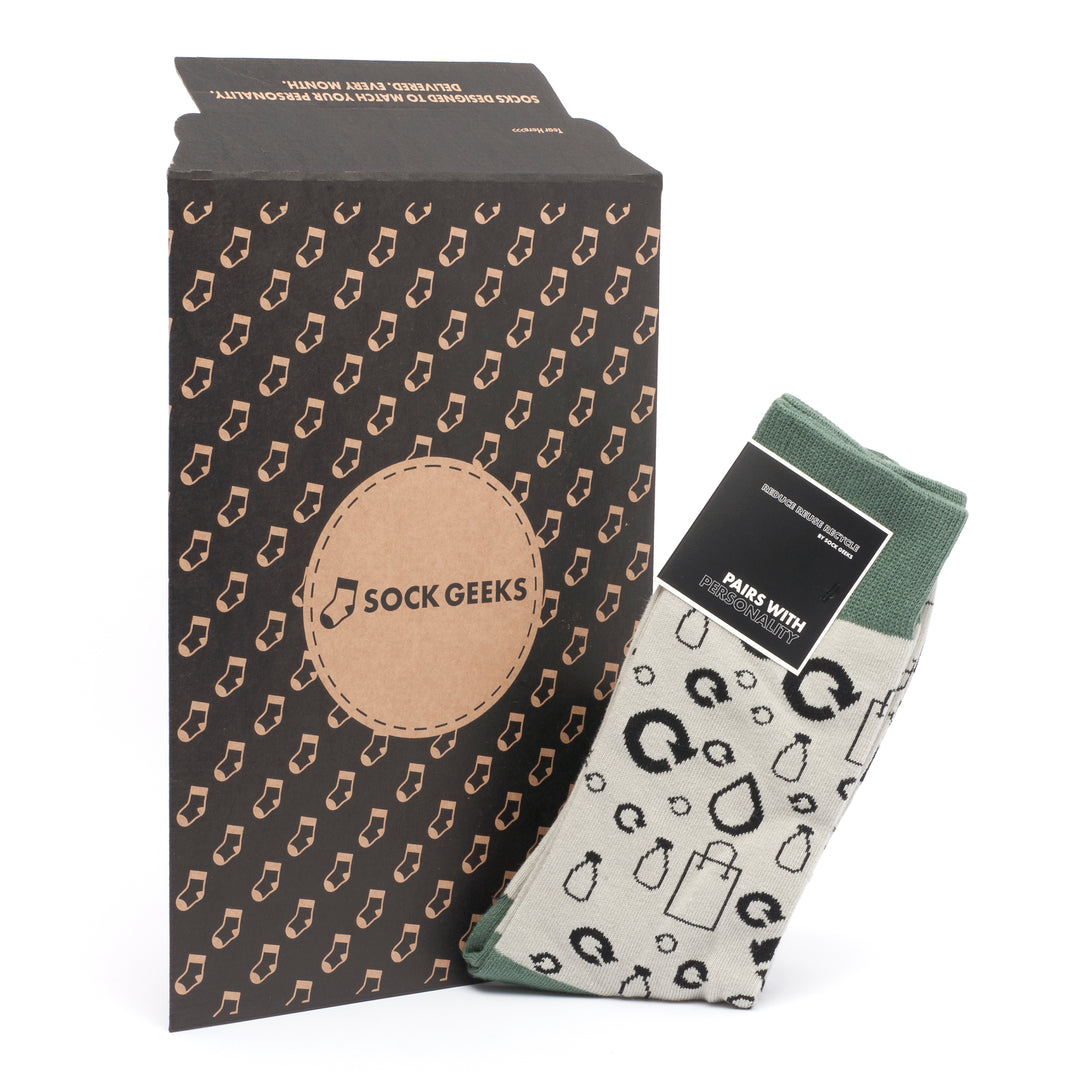Math Behind Compression Socks: Fluid Dynamics and Pressure Distribution
Compression socks - often associated with athletes, medical patients, and frequent travelers - are more than just tight-fitting garments. Behind their seemingly simple design lies a complex interplay of fluid dynamics and pressure distribution, two key mathematical and scientific principles that make them effective. But how do they work? Why does the pressure vary across the leg? And what role does math play in optimizing their design? Let’s dive in.

1. The Core Concept: Understanding Compression Socks
At a glance, compression socks might appear to be just another piece of tight clothing, but their functionality is based on a precise graduated pressure system. Unlike standard socks, which apply uniform pressure, compression socks are designed to exert varying degrees of force at different points along the leg.
-
Typically, the highest pressure is applied at the ankle, gradually decreasing as the sock extends toward the calf or thigh.
-
This pressure gradient helps combat venous insufficiency, a condition where blood struggles to flow back up to the heart against gravity.
-
Athletes use compression socks to enhance circulation, reduce muscle fatigue, and speed up recovery.
The science behind this mechanism is deeply rooted in fluid dynamics, a field of physics and applied mathematics that deals with the behavior of liquids and gases. In the case of compression socks, it applies to blood flow through veins and capillaries.
2. Fluid Dynamics in Circulation: Why Blood Needs Help
Blood flow through the body follows the principles of hemodynamics, a subfield of fluid dynamics. Blood moves through veins due to:
-
The heart’s pumping action
-
Muscular contractions (calf muscle pump)
-
Valves that prevent backflow
However, when people stand for long periods or remain sedentary (such as on long flights), gravity pulls blood downward, increasing pressure in the veins. If this pressure becomes excessive, it can cause swelling, varicose veins, or even deep vein thrombosis (DVT).
Here’s where compression socks step in. They work by applying external pressure on the veins, reducing their diameter and increasing venous return velocity. In simple terms, they help push blood back to the heart faster.
Mathematically, this process is often modeled using Poiseuille’s Law, which describes the flow rate (QQQ) of a fluid through a cylindrical vessel:
Q=πr4ΔP8ηLQ = \frac{\pi r^4 \Delta P}{8 \eta L}Q=8ηLπr4ΔP
where:
-
rrr is the vessel radius,
-
ΔP\Delta PΔP is the pressure difference between two points,
-
η\etaη is the viscosity of the fluid,
-
LLL is the vessel length.
You don't have to calculate each formula manually when there is a math helper. Anyone can install the math AI app and get the result of the equation automatically. AI will do it quickly, accurately and with step-by-step explanation.
3. The Mathematics of Pressure Distribution
The graduated pressure profile of compression socks follows a well-defined mathematical pattern. Compression is measured in millimeters of mercury (mmHg) and typically follows this distribution:
-
20-30 mmHg at the ankle (highest pressure)
-
15-20 mmHg at the calf
-
10-15 mmHg near the knee or thigh
This pattern aligns with Laplace’s Law, which relates pressure to tension and radius in cylindrical structures, like blood vessels:
P=TrP = \frac{T}{r}P=rT
where:
-
PPP is the pressure exerted,
-
TTT is the wall tension,
-
rrr is the radius of the vessel.
By applying more pressure at the ankle (where the vessel radius is smallest), compression socks effectively counteract gravitational pooling and encourage upward blood flow.
Studies show that graduated compression can improve venous return by up to 40%, making it highly effective for reducing swelling and preventing blood clot formation.
4. Optimizing Compression Socks: The Role of Material Science and Engineering
The effectiveness of compression socks isn’t just about applying pressure it’s about distributing it in an optimal way. This is where engineering and material science come in.
Factors that influence performance include:
-
Elastic modulus of the fabric (how much it stretches under force)
-
Weaving patterns that determine localized pressure zones
-
Thermal properties (breathability and moisture-wicking capabilities)
Advanced computer simulations using Finite Element Analysis (FEA) help predict how different materials distribute pressure across the leg. Some designs even incorporate smart textiles that adjust compression in real-time based on movement and temperature.
A 2021 study in the Journal of Biomechanics found that dynamic compression socks (which adapt pressure based on muscle contractions) can improve oxygen delivery by 15% compared to static models.
5. Real-World Applications: Who Uses Compression Socks?
Compression socks aren’t just for medical patients - they benefit a wide range of people, including:
-
Athletes: Enhanced recovery, reduced muscle fatigue.
-
Office workers: Prevent swelling from prolonged sitting.
-
Frequent travelers: Lower risk of deep vein thrombosis (DVT).
-
Pregnant individuals: Reduce leg swelling due to increased blood volume.
Surveys suggest that 80% of people using medical-grade compression socks report improved leg comfort, while athletes wearing them during long-distance runs experience 23% lower muscle soreness post-race.
The Future of Compression Technology: Innovations and Emerging Trends
As research in biomechanics and materials science advances, the future of compression socks looks increasingly sophisticated. Adaptive compression technology is one of the most exciting developments, integrating smart textiles with embedded sensors that monitor blood flow and adjust pressure dynamically. Instead of relying on a fixed pressure gradient, these high-tech socks can modify compression levels in real-time based on activity, temperature, and even hydration levels.
Additionally, 3D knitting techniques allow for greater precision in pressure distribution, reducing hotspots and improving comfort. Some companies are even exploring nanofiber-infused fabrics that offer antimicrobial properties, preventing odor and enhancing durability. With an increasing number of athletes, medical professionals, and everyday users recognizing the benefits of compression socks, it's clear that this technology is far from static it’s evolving toward a more personalized and optimized future.
Conclusion: A Perfect Blend of Math, Physics, and Practicality
Compression socks are a brilliant example of how mathematics, physics, and engineering converge to solve real-world problems. Through the principles of fluid dynamics and pressure distribution, they effectively counteract gravity, optimize circulation, and improve comfort.
Far from being just another fitness trend, they stand as a testament to how precise mathematical modeling translates into practical benefits one step at a time.




















Leave a comment